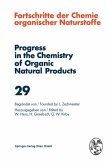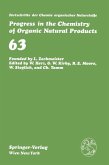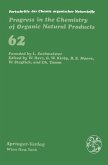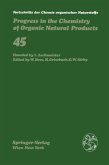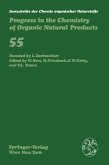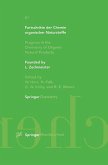1. 1. General 1. 1. 1. Biaryls-Structural and Biosynthetic Variety The biaryl axis is the joint central structural element of a broad variety of structurally (in particular stereochemically) and biosynthetically inter esting as well as pharmacologically promising natural products. The increasing importance of this challenging class of secondary metabolites, its widespread occurrence, its pharmacological implications, and, in particular, the phenomenon of axial chirality, have so far been largely underestimated, if not neglected. This is reflected by the fact that there is as yet no true comprehensive review on naturally occurring biaryls in the literature. By this article, we do not intend to provide such a fully comprehensive review, but still want to draw the attention of the scientific community on the manifold rewarding facets of this exciting class of natural products, which is rapidly growing now, with more and more sophisticated analytical and synthetic tools becoming available. Natural biaryls occur far more frequently than initially assumed, among them constitutionally symmetric, simple dimeric monoterpenoid biphenyls like I (I) (see Fig. 1), binaphthalenes like (-)-gossypol (2) (2), bianthraquinones like skyrin (3) (3-7), and biaryls with annelated heterocyclic rings like bismurrayafoline-B (4) (8) and desertorin A (Sa) (9, 10), which is-although built up from a single monomeric precursor -constitutionally unsymmetric.
Bitte wählen Sie Ihr Anliegen aus.
Rechnungen
Retourenschein anfordern
Bestellstatus
Storno



